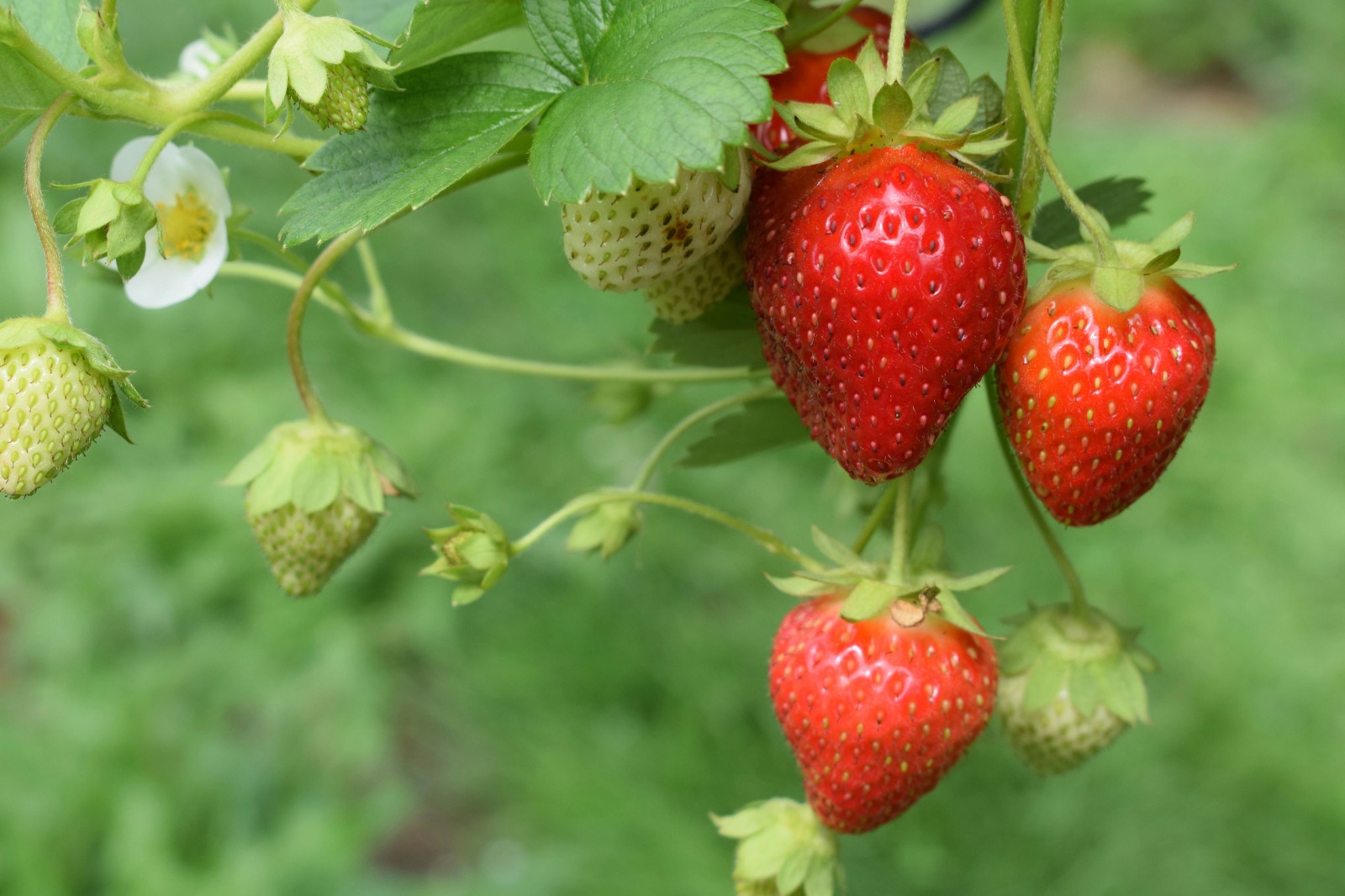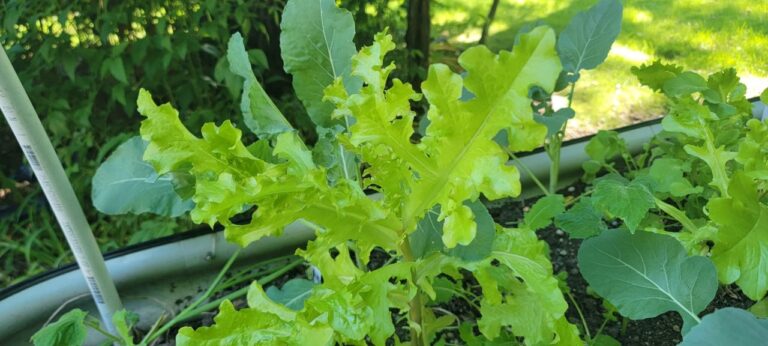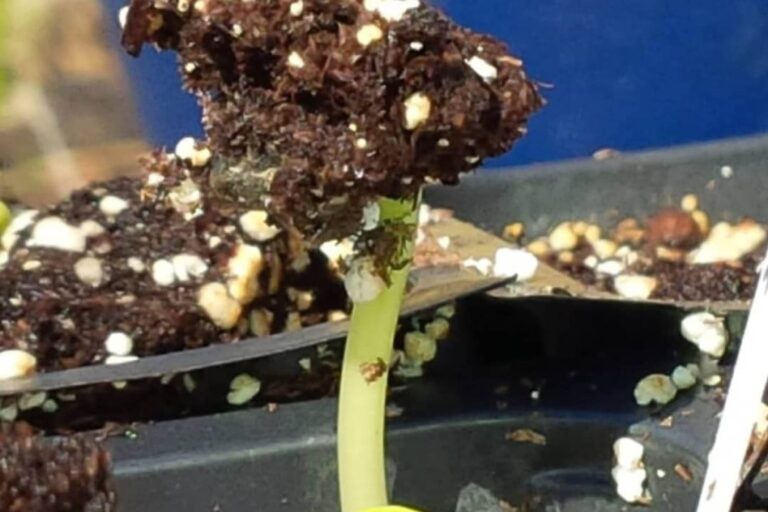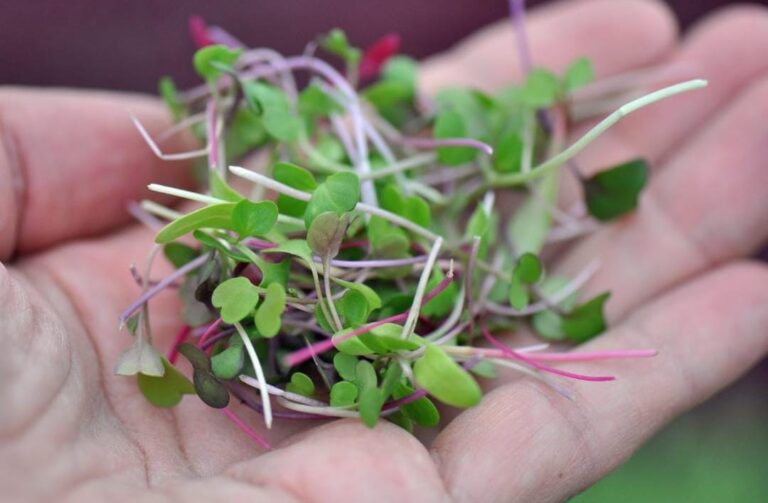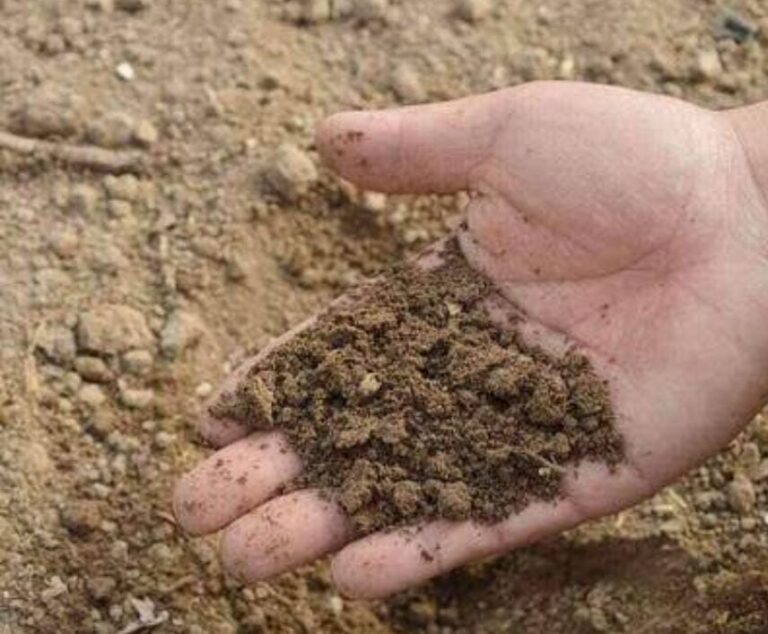The Strawberry Patch Secrets: From Seed to Succulent Fruit and Discover their 3 different Types
Introduction
Welcome to the world of strawberries, where bright red berries (there are some other colors now but red is still the most common) are bursting with flavor and sweetness. Strawberries flourish in colder climates with proper care and attention. In this article, we’ll look at the joys of growing strawberries in my backyard garden, from selecting the best varieties to providing optimal care for a plentiful crop.
Choosing the Right Varieties of Strawberry

Picking the right strawberry varieties is essential for achieving success in any part of the world. It is important to select the ones that are best suited to the climate of your specific region. While there are around 600 different varieties available, here are a few recommendations from me:
- Chandler: Chandler strawberries fall under the June bearing category and are recommended for southern planting. They are huge, solid and produce from early to mid-season. Strawberries range from long and wedge-shaped to enormous and conical. They have a vivid red hue, shiny, and have an excellent flavor profile.
- Earliglow: It is also a June-bearing variety with consistent early-season grower of tasty, medium-sized berries. This type yields fruit with a crisp, glossy skin, firm meat, and medium size. Its sweet flavor makes it ideal for fresh consumption and freezing. Fruit size typically decreases as the season advances. Earliglow plants grow quickly and produce a lot of runners. This type is resistant to red stele and intermediate to Verticillium wilt. Beginners will benefit from this.
- Ozark Beauty: This berry falls under the ever-bearing variety and produces fruit throughout the growing season. Ozark Beauty Strawberry yields huge, firm, bright red berries. They’re juicy and sweet, with a high sugar content, making them ideal for eating, canning, freezing, and preserving. This strawberry variety is ideal for home gardeners. It is self-pollinating and disease resistant.
Here’s the scoop: Did you know that there are actually three different types of strawberries? We’ve only talked about two fruiting patterns so far, which are June-bearing and Ever-bearing. But before you start planting them, it’s crucial to decide whether you want to savor the fruit all summer long or have a bountiful harvest all at once for making delicious treats like jam and jellies. Let me introduce you to the three types:
- Late summer and fall mark the time when June-bearing strawberries start to grow flower buds. This happens as the days become shorter and the temperatures drop. When spring arrives, these buds transform into lovely flowers, and the tasty fruits typically ripen during June.
- Ever-bearing strawberries are awesome because they give you two harvests – one in late spring and another in late summer or early fall. The best part is, they don’t waste their time flowering and fruiting the rest of the year. Plus, they’re not big on spreading with runners, but they do like to show off with multiple crowns.
- Day-neutral strawberries, the third type of strawberries, are considered to be enhanced and more fruitful everbearing-type strawberries. The term “day-neutral” refers to how these plants respond to the length of the day. Unlike other types, day-neutral strawberries are not significantly affected by the duration of daylight and can bloom and bear fruit all through the summer months. However, they thrive better in cooler periods of the growing season and are not as productive in hot weather.
Site Selection and Soil Preparation

Before you begin your strawberry plantation, carefully select the location for your berry crop. Strawberries adore sunlight, so choose a site that gets at least 6-8 hours of direct sunlight per day. Strawberries are prone to root rot, therefore provide excellent drainage to prevent waterlogging.
Add organic materials to the soil, such as compost or well-rotted manure. Aim for a slightly acidic to neutral pH of 6.0 to 6.5. This will provide the optimum atmosphere for strawberry plants to grow strong roots and thrive.
Steps to follow
Strawberry plants can be planted in both spring and autumn. Spring planting permits the plants to establish themselves before the summer heat, whilst fall planting offers them an early start for the next spring. Follow these procedures to successfully plant:

- Spacing: Appropriate spacing is a must. Plant strawberries in rows, leaving 12-18 inches between each plant and 2-3 feet between rows.
- Depth: Place the plants at the same depth they were in their nursery containers, with the crown (the point where the roots meet the leaves) at the soil surface.
- Mulching: Apply a layer of straw or pine straw around the plants to control weeds, maintain moisture, and protect the berries from direct soil contact. To keep my plants safe from any unwanted intruders, I’ve gotten into the habit of using a thick mesh cover. It’s proven to be quite effective in protecting my crops.
Watering and Fertilization
Strawberry plants require proper moisture. Provide continuous moisture, particularly during dry spells, to promote good fruit development. Drip watering or soaker hoses are recommended to keep the foliage dry and disease-free.
Strawberry plants should be fertilized in early spring with a balanced, slow-release fertilizer. Avoid over-fertilization, which can result in excessive foliage growth at the expense of fruit output.
Pest and Disease Management
No terrain is immune to pests and illnesses, so be cautious in protecting your strawberry plants. Common problems include aphids, spider mites, and fungal infections. Use natural predators such as ladybugs and lacewings to manage pests, and fungicides as needed.
Harvesting and Enjoying the Fruits

With appropriate maintenance, your strawberry plants will provide you with a delicious yield. Harvest ripe berries every 2-3 days to get their maximum deliciousness. Share the excitement by preparing fresh strawberry pies and preserves, or simply eating them straight from the garden.
Tips to Improve Your Cultivation
Cold Stratification
Cold stratification is an important step in strawberry cultivation, particularly for cultivars that benefit from cold temperatures to improve germination. Strawberry seeds, covered in a protective outer coat, frequently require freezing to break dormancy and promote effective germination. Gardeners and gardeners who want to start strawberries from seeds can imitate this natural process by placing the seeds in a damp, cool environment for a set period of time. Typically, this entails refrigerating the seeds for a few weeks to simulate winter conditions.
This process weakens the seed coat, promoting consistent germination when the seeds are later planted in warmer temperatures. By introducing cold stratification into strawberry cultivation, growers can improve the overall success rate of seed germination, resulting in healthier seedlings and a more robust strawberry crop in the long run.
Hydroponic Cultivation
Strawberry hydroponic farming is an innovative and effective way to raise this popular fruit. Hydroponics is a soilless cultivation method in which plants’ roots are submerged in a nutrient-rich water solution. This approach provides exact control over environmental conditions, resulting in optimal nutrient absorption and growth. Hydroponic systems for strawberries often use vertical towers or horizontal systems in which the plants are suspended in containers filled with an inert growing media. This regulated atmosphere reduces the risk of soil-borne infections while allowing year-round agriculture. Hydroponics promotes faster development and larger harvests since the plants receive precisely calculated nutrients, water, and oxygen.
Furthermore, the absence of soil facilitates pH monitoring and management. Hydroponic strawberry cultivation not only maximizes space usage, but it also provides a sustainable and resource-efficient solution to satisfying the growing need for fresh, high-quality strawberries in a variety of climates.
Conclusion

Cultivating strawberries is a satisfying undertaking that provides the delight of homegrown, luscious strawberries. By choosing the correct types, giving optimal care, and being proactive against pests and diseases, you may enjoy a rich harvest and the sweet success of a thriving strawberry plantation in your backyard.
Happy gardening!

